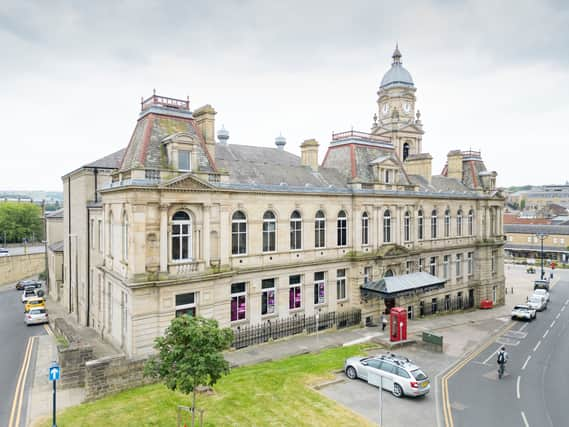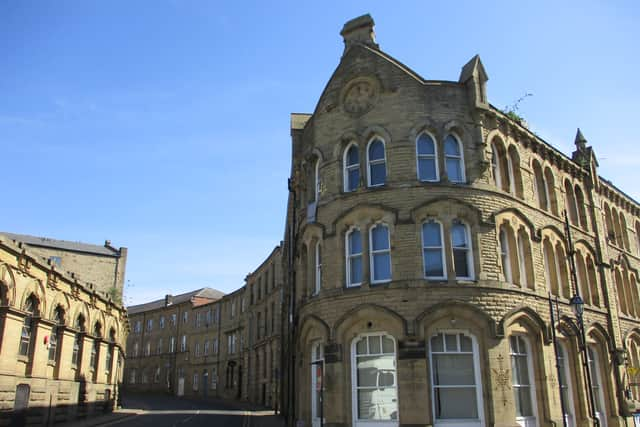Why Dewsbury in Yorkshire has been recognised as the 'greenest town' of the 1800s


New research has revealed how a Yorkshire town is likely to have been 'the greenest town of the 19th-century' thanks to recycling efforts long before we were splitting our waste collection between plastic, tin, and food. Dewsbury in Yorkshire is perhaps best known as the birthplace of former MP Betty Boothroyd, but that could now change.
Historic England has undertaken a project that shows the town was an international centre for recycled cloth during the Industrial Revolution. The town specialised in the production of two types of yarn and was known for the production of woollen cloth after the process of recycling was discovered.
Advertisement
Hide AdAdvertisement
Hide AdIn light of this, 12 buildings in the town have been listed for protection and to reflect their importance.
Sarah Charlesworth, Listing Team Leader for the North at Historic England, said: “These newly listed buildings help to tell the story of Dewsbury’s contribution to the development of England’s textile industry and recycling. In the 19th century, it was probably the greenest town in England.”


At the end of the 18th century Dewsbury’s population was only around 1,000, but by 1851 it had grown to more than 14,000 thanks to the rapid development of its textile industry. The town was an early adopter of mass recycling, specialising in the production of two types of yarn - known as shoddy and mungo - which were made from rags.
Many people took a sneering attitude towards the two types of yarn - shoddy and mungo - complaining of their inferior quality and some – in contrast to today’s views - even condemned the recycling of fabrics as immoral.
Advertisement
Hide AdAdvertisement
Hide AdCharlesworth's colleague Jane Jackson, who led the Dewsbury project, told the Guardian: “They were recycling woollen cloth from all round the world really. Great masses of cloth were shipped in … Dewsbury had three railway stations because there were so many wagons coming in.”
“When people think of weaving and wool and fabric they think of mills but actually what survives the most in Dewsbury are the warehouses,” said Jackson.
“But they don’t look like warehouses. They look like nice, tall 19th-century stone buildings.”
Views of recycled cloth being seen as 'immoral' did not stop the trade from blossoming throughout the 19th century. Much of this success was due to the near continuous warfare across Europe and the British Empire during this time. As shoddy and mungo were heavy fabrics, they were perfectly suited to making soldiers' great coats and blankets.
Advertisement
Hide AdAdvertisement
Hide AdDewsbury essentially kept the British army warm for over a century.
Dewsbury’s growing affluence and confidence in the 19th century was reflected in its architecture, much of which was influenced by Italian Renaissance Revival style.
The newly listed buildings include The Town Hall (upgraded to Grade II*), 18,20, and 22 Bond Street (Grade II), Former Fox Auctioneers at 2-4 Grove Street (Grade II), Former Dewsbury Union Offices (Grade II), 41 Daisy Hill (Grade II), 1-1a and 3 Wellington Street (Grade II), and 17, 21, 23, 25, 27, and 29 Wellington Road (Grade II).
Comment Guidelines
National World encourages reader discussion on our stories. User feedback, insights and back-and-forth exchanges add a rich layer of context to reporting. Please review our Community Guidelines before commenting.
